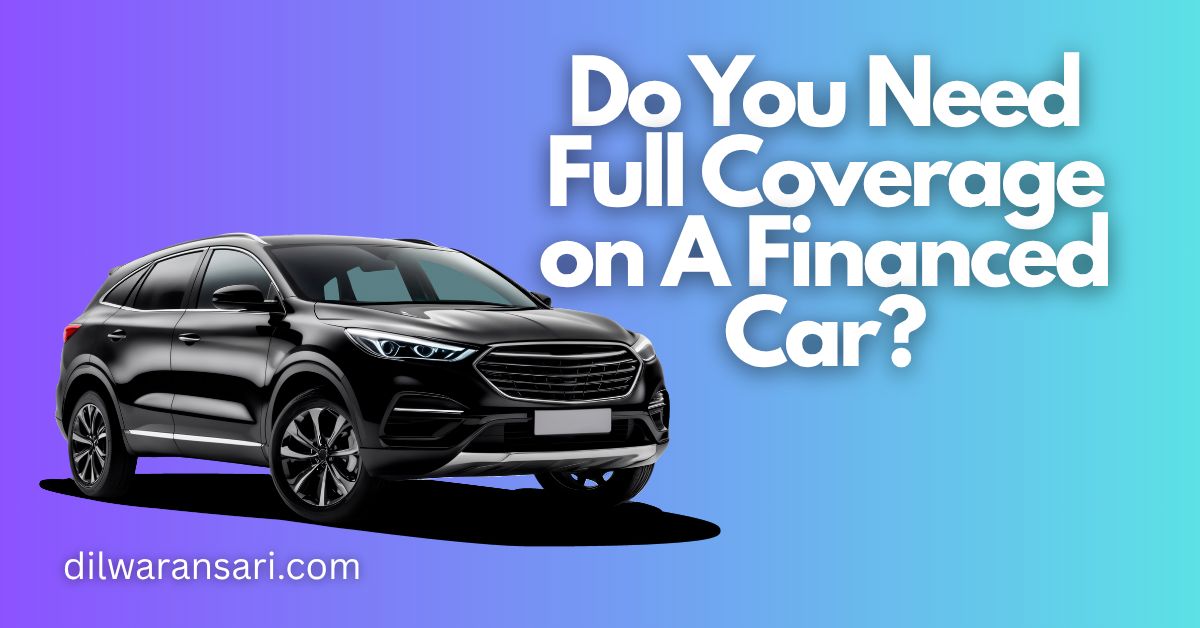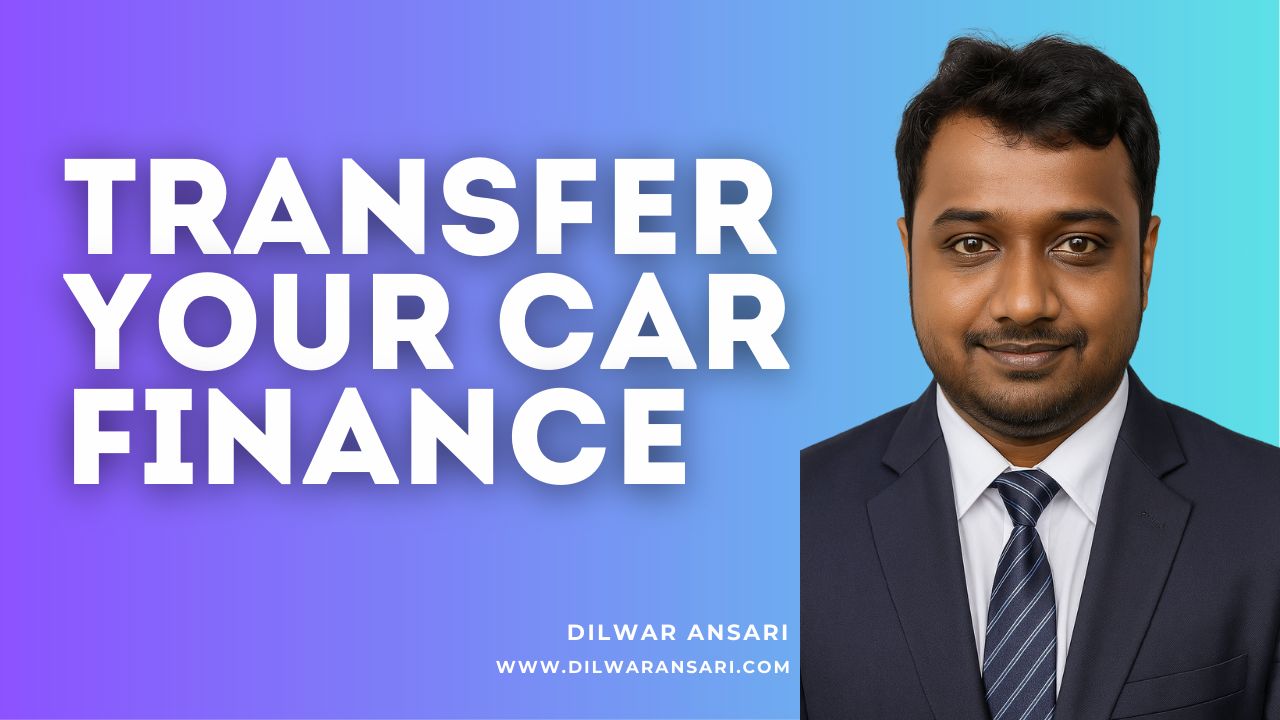Loan-financed car purchases are becoming more and more prevalent across the U.S. But as you sign the paperwork, you may ask: Do you need full coverage on a financed car? The answer is simple –yes, in most cases, you do.
This guide details why comprehensive coverage is necessary, its contents, and when to discontinue.
What Is Full Coverage Auto Insurance?
Let’s first define “full coverage”, since it isn’t just one policy but rather is comprised of multiple components that come together. They include:
- Liability insurance (required by law in most states)
- Comprehensive insurance (for damage not caused by collision) provides coverage against financial liability in such circumstances.
- Collision insurance (covering damage from accidents regardless of who was at fault)
Together, these three provide reliable protection for you and your vehicle.
Do You Need Full Coverage on a Financed Car?
Yes, lenders require full coverage.
When financing a car, the lender owns it until you pay back your loan. To protect their investment and your own, they require both comprehensive and collision coverage – just liability will not do!
If you fail to maintain full coverage, lenders can force-place insurance on you; this form of coverage often proves more expensive with diminished benefits.
So, to protect our investment in our vehicles, full coverage should remain a necessity until they have been completely paid for.
Why Lenders Require Full Coverage
Lenders take a risk when providing financing for your car loan until you repay all the debt in full. What would happen if your vehicle were involved in an accident or stolen?
Full coverage insures both yourself and the lender against unexpected repairs or value replacement of their car, providing financial protection to both.
Without protection, you could owe thousands for a car you no longer own.
That is why the answer to “Do you require full coverage on a financed car ?” is nearly always “yes”, at least until your loan is completely paid off.
What Happens If You Drop Full Coverage?
Let’s say your budget has tightened up midway through your loan term; can coverage be dropped without penalty?
Nope. Opting out of full coverage while financing may void your loan agreement and result in punishment by your lender. They could:
- Add forced-placed insurance.
- Charge fees to creditors. Report defaults to credit bureaus
- Sometimes, they even repossess a car if necessary.
- Credit and wallet can both be compromised as a result.
Before making changes to your policy, always get approval from your lender first.
When Can You Drop Full Coverage?
After having paid off your auto loan, the decision is yours to make regarding dropping full coverage insurance. At that point, ownership has passed to you, and the decision can be made unilaterally.
Staying with full coverage can save money, or switch to liability-only policies to lower premiums.
Before canceling, ask yourself the following:
- Are You Wondering If the Car Remains Valuable?
- Have you considered out-of-pocket repairs or replacement?
- Do you live in an area prone to theft and accidents?
If your car is relatively new and/or of significant value, maintaining comprehensive car coverage could still be worthwhile.
How Much Does Full Coverage Cost?
The cost of full coverage depends on various factors, such as:
Location, Driving History, Vehicle Value, and Credit History will all have an effect. In general, according to the Insurance Information Institute, the average annual full coverage premium cost in the U.S. is around $1,700.
Compare quotes to find the best value. Bundling policies or increasing your deductible could save money.
Tips to Save on Full Coverage
Even when full coverage is mandatory, there are ways to cut costs:
- Increase Your Deductible – Raising your deductible can reduce premium costs significantly.
- Contact your insurer about available discounts, such as for safe drivers, good students, multi-policy holders, and others.
- Better Your Credit – Improving your credit is often associated with reduced rates, so take steps now to build it and reap its benefits.
- Shop Around – Don’t settle for just one insurer; make an effort to shop around every six to twelve months and compare providers.
- Drive safely – Fewer claims lead to lower premiums over time.
Does Your Car Need GAP Insurance?
GAP coverage protects against the difference between what you owe on a car and its estimated total value, giving you peace of mind should an accident occur and total it out.
Your mortgage might require additional down payments if: For instance:,
Your car’s value decreases quickly when your loan term extends for too long, leading to financial stress and instability for all parties involved.
Some lenders require GAP insurance as an additional form of protection; check with your lender or insurer to see if this requirement applies to you.
Conclusion
So, do you need full coverage on a financed car? Yes—you almost always do.
Protection plans protect both your vehicle and lender while shielding against significant financial loss.
Once your loan is paid off, you can decide whether to continue full coverage. Doing so before then would not only be risky but may also violate your loan agreement.
At first glance, full coverage may seem costly, but it is essential when financing a car loan.
Key Takeaways:
- While all cars require coverage for finance agreements, comprehensive coverage should always be prioritized when considering financing an expensive car loan.
- Lenders require it to protect their investment.
- Submitting early could result in penalties or forced-placed insurance policies being placed on you by force.
- Once the loan has been paid off, you may wish to cancel it, but you should consider its possible effects and potential risks.
- Compare quotes and request discounts to bring down your premium costs.
As you shop for or review car insurance policies, remember the golden rule.
Do you need full coverage on a financed car? Yes, you do—until it’s entirely yours.












Leave a Reply